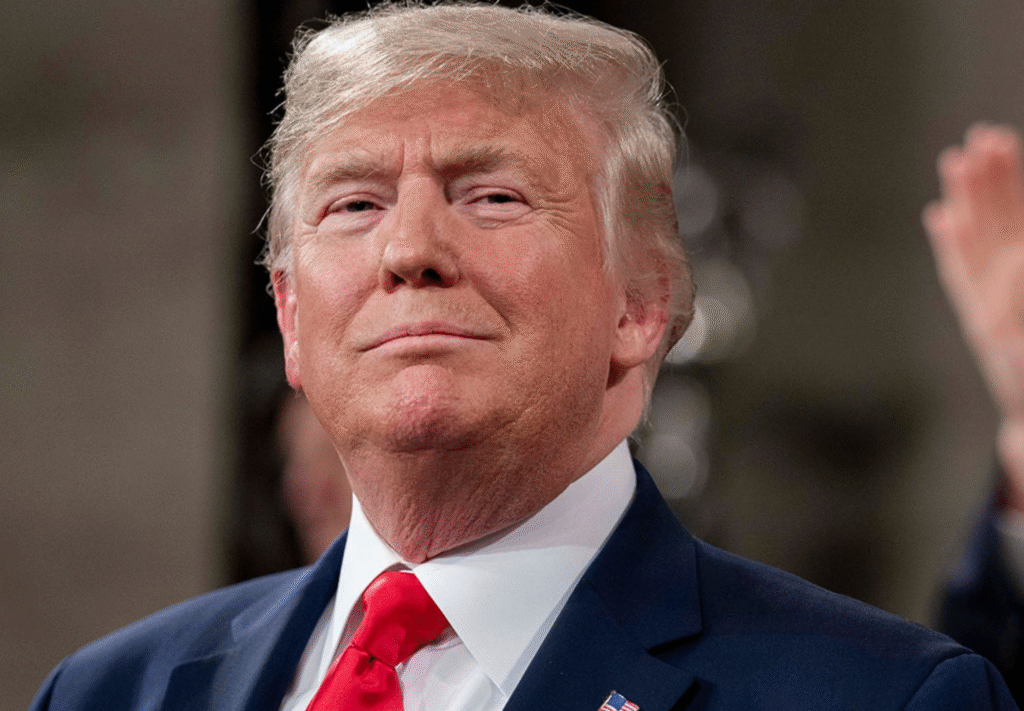World News
Tinder tests AI photo selection feature to help users build profiles on August 2, 2023 at 3:47 pm
Tinder is currently testing an AI photo selection feature that looks at a user’s photo album and selects the five that best represents them for their dating profile, parent company Match Group revealed during its earnings call today.
“AI has really inspired our product people across the entire company to really think about ways that we can create new experiences, but also solve for key dating pain points,” Match Group CEO Bernard Kim said. “I’ll use Tinder as an example. Sometimes, people are really excited to jump into the Tinder experience…then in that exact moment where you upload five pictures, people get generally nervous or uncomfortable, like, ‘What is the right picture that I’ve taken over the last year to make my dating profile more me?’”
Kim explains that an AI-powered photo selection feature aims to eliminate the struggle of finding pictures and help build a profile that accurately represents users.
“I really think AI can help our users build better profiles in a more efficient way that really do showcase their personalities,” Kim added.
Match Group is testing out other AI features that it plans to roll out in the coming months. For instance, Tinder is getting a new capability that leverages artificial intelligence to “surface the right content to the right people to help improve relevancy,” the company wrote in its letter to shareholders.
Last month, at the Reuters Momentum event, Tinder CPO Mark van Ryswyk hinted at more ways the dating app could potentially use generative AI, such as using the technology to help write a bio.
“You know, some of us are gifted writers, but many of us are not…So, being able to help draw out what’s important to capture in a bio, you know, sharing something a bit more personal or maybe that’s just sharing a highlight, or just sharing what your intent ultimately is,” Van Ryswyk said.
Notably, Tinder found that about a third of members said they would “absolutely” use generative AI to help them build a profile, Van Ryswyk added, pointing to a recent Tinder study.
On the other hand, Match Group wants to be careful about its approach to AI dating. “We need to be really thoughtful about making sure that we’re giving the right thought to authenticity and ethical and privacy concerns,” Kim said during today’s earnings call.
Generative AI tools can be a haven for catfishers looking to harass and deceive others online. According to the Independent, UK model Stefan-Pierre Tomlin, who is dubbed the “most swiped right man,” is helping other Tinder users find love by using ChatGPT and AI to write profiles and messages. His dating service also includes photo editing to slightly improve photos.
Tinder recently rolled out an AI-powered verification feature that requires a video selfie for users to more easily determine who isn’t a bot or catfisher.
Overall, artificial intelligence has taken over online dating in recent months. New AI dating apps like Teaser AI, for example, give users the ability to chat with an AI version of a potential match before swiping right or left. Even relationship app Flamme has added a new AI-powered “Ask Me Anything” tool for users to receive dating advice. But some apps go even further off the beaten path, like AI dating sim Blush, where users can flirt with an avatar.
Tinder is also experimenting with a refreshed product experience and will soon roll out other features like prompts, quizzes and conversation starters.
Tinder is currently testing an AI photo selection feature that looks at a user’s photo album and selects the five that best represents them for their dating profile, parent company Match Group revealed during its earnings call today. “AI has really inspired our product people across the entire company to really think about ways that
News
US May Completely Cut Income Tax Due to Tariff Revenue

President Donald Trump says the United States might one day get rid of federal income tax because of money the government collects from tariffs on imported goods. Tariffs are extra taxes the U.S. puts on products that come from other countries.

What Trump Is Saying
Trump has said that tariff money could become so large that it might allow the government to cut income taxes “almost completely.” He has also talked about possibly phasing out income tax over the next few years if tariff money keeps going up.
How Taxes Work Now
Right now, the federal government gets much more money from income taxes than from tariffs. Income taxes bring in trillions of dollars each year, while tariffs bring in only a small part of that total. Because of this gap, experts say tariffs would need to grow by many times to replace income tax money.
Questions From Experts
Many economists and tax experts doubt that tariffs alone could pay for the whole federal budget. They warn that very high tariffs could make many imported goods more expensive for shoppers in the United States. This could hit lower- and middle‑income families hardest, because they spend a big share of their money on everyday items.
What Congress Must Do
The president can change some tariffs, but only Congress can change or end the federal income tax. That means any real plan to remove income tax would need new laws passed by both the House of Representatives and the Senate. So far, there is no detailed law or full budget plan on this idea.

What It Means Right Now
For now, Trump’s comments are a proposal, not a change in the law. People and businesses still have to pay federal income tax under the current rules. The debate over using tariffs instead of income taxes is likely to continue among lawmakers, experts, and voters.
News
Epstein Files to Be Declassified After Trump Order

Former President Donald Trump has signed an executive order directing federal agencies to declassify all government files related to Jeffrey Epstein, the disgraced financier whose death in 2019 continues to fuel controversy and speculation.
The order, signed Wednesday at Trump’s Mar-a-Lago estate, instructs the FBI, Department of Justice, and intelligence agencies to release documents detailing Epstein’s network, finances, and alleged connections to high-profile figures. Trump described the move as “a step toward transparency and public trust,” promising that no names would be shielded from scrutiny.
“This information belongs to the American people,” Trump said in a televised statement. “For too long, powerful interests have tried to bury the truth. That ends now.”
U.S. intelligence officials confirmed that preparations for the release are already underway. According to sources familiar with the process, the first batch of documents is expected to be made public within the next 30 days, with additional releases scheduled over several months.
Reactions poured in across the political spectrum. Supporters praised the decision as a bold act of accountability, while critics alleged it was politically motivated, timed to draw attention during a volatile election season. Civil rights advocates, meanwhile, emphasized caution, warning that some records could expose private victims or ongoing legal matters.
The Epstein case, which implicated figures in politics, business, and entertainment, remains one of the most talked-about scandals of the past decade. Epstein’s connections to influential individuals—including politicians, royals, and executives—have long sparked speculation about the extent of his operations and who may have been involved.

Former federal prosecutor Lauren Fields said the release could mark a turning point in public discourse surrounding government transparency. “Regardless of political stance, this declassification has the potential to reshape how Americans view power and accountability,” Fields noted.
Officials say redactions may still occur to protect sensitive intelligence or personal information, but the intent is a near-complete disclosure. For years, critics of the government’s handling of Epstein’s case have accused agencies of concealing evidence or shielding elites from exposure. Trump’s order promises to change that narrative.
As anticipation builds, journalists, legal analysts, and online commentators are preparing for what could be one of the most consequential information releases in recent history.
Politics
Netanyahu’s UN Speech Triggers Diplomatic Walkouts and Mass Protests

What Happened at the United Nations
On Friday, Israeli Prime Minister Benjamin Netanyahu addressed the United Nations General Assembly in New York City, defending Israel’s ongoing military operations in Gaza. As he spoke, more than 100 delegates from over 50 countries stood up and left the chamber—a rare and significant diplomatic walkout. Outside the UN, thousands of protesters gathered to voice opposition to Netanyahu’s policies and call for accountability, including some who labeled him a war criminal. The protest included activists from Palestinian and Jewish groups, along with international allies.

Why Did Delegates and Protesters Walk Out?
The walkouts and protests were a response to Israel’s continued offensive in Gaza, which has resulted in widespread destruction and a significant humanitarian crisis. Many countries and individuals have accused Israel of excessive use of force, and some international prosecutors have suggested Netanyahu should face investigation by the International Criminal Court for war crimes, including claims that starvation was used as a weapon against civilians. At the same time, a record number of nations—over 150—recently recognized the State of Palestine, leaving the United States as the only permanent UN Security Council member not to join them.
International Reaction and Significance
The diplomatic walkouts and street protests demonstrate increasing global concern over the situation in Gaza and growing support for Palestinian statehood. Several world leaders, including Colombia’s President Gustavo Petro, showed visible solidarity with protesters. Petro called for international intervention and, controversially, for US troops not to follow orders he viewed as supporting ongoing conflict. The US later revoked Petro’s visa over his role in the protests, which he argued was evidence of a declining respect for international law.

Why Is This News Important?
The Gaza conflict is one of the world’s most contentious and closely-watched issues. It has drawn strong feelings and differing opinions from governments, activists, and ordinary people worldwide. The United Nations, as an international organization focused on peace and human rights, is a key arena for these debates. The events surrounding Netanyahu’s speech show that many nations and voices are urging new action—from recognition of Palestinian rights to calls for sanctions against Israel—while discussion and disagreement over the best path forward continue.
This episode at the UN highlights how international diplomacy, public protests, and official policy are all intersecting in real time as the search for solutions to the Israeli-Palestinian conflict remains urgent and unresolved.

 Entertainment4 weeks ago
Entertainment4 weeks agoColombia’s ‘Doll’ Arrest: Police Say a 23-Year-Old Orchestrated Hits, Including Her Ex’s Murder

 Entertainment4 weeks ago
Entertainment4 weeks agoMiley Cyrus Is Engaged to Maxx Morando

 Film Industry3 weeks ago
Film Industry3 weeks agoDisney Brings Beloved Characters to ChatGPT After $1 Billion OpenAI Deal

 Business4 weeks ago
Business4 weeks agoLuana Lopes Lara: How a 29‑Year‑Old Became the Youngest Self‑Made Woman Billionaire

 Film Industry3 weeks ago
Film Industry3 weeks agoNetflix Got Outbid: Paramount Drops a $108 Billion Cash Bomb on Warner Bros.

 Entertainment4 weeks ago
Entertainment4 weeks agoAnne Hathaway Just Turned Her Instagram Bio Into a 2026 Release Calendar

 Entertainment3 weeks ago
Entertainment3 weeks agoWhat We Can Learn Inside 50 Cent’s Explosive Diddy Documentary: 5 Reasons You Should Watch

 Entertainment4 weeks ago
Entertainment4 weeks agoNetflix’s $82.7 Billion Warner Bros Deal Signals the Rise of a New Hollywood Power



























